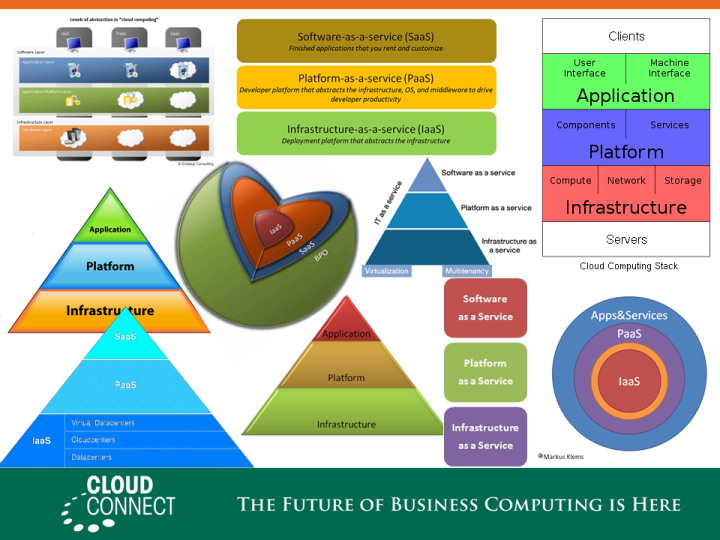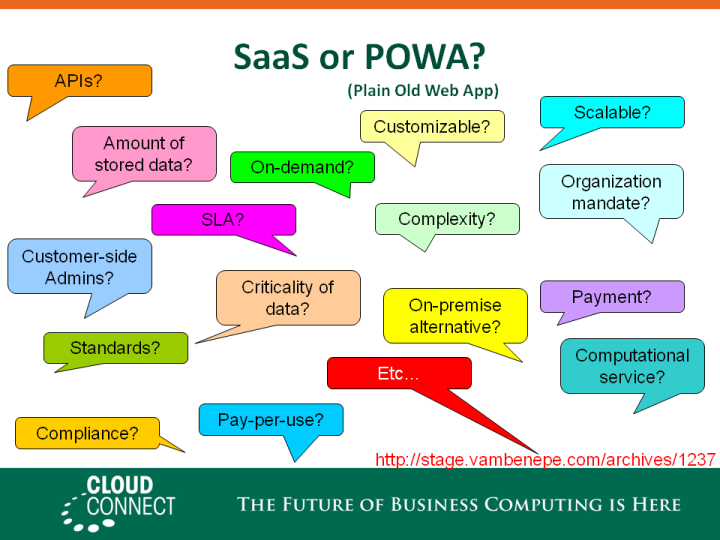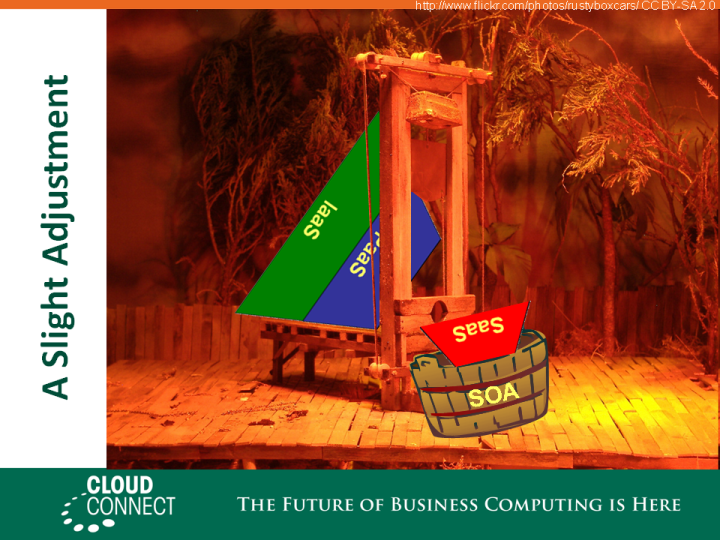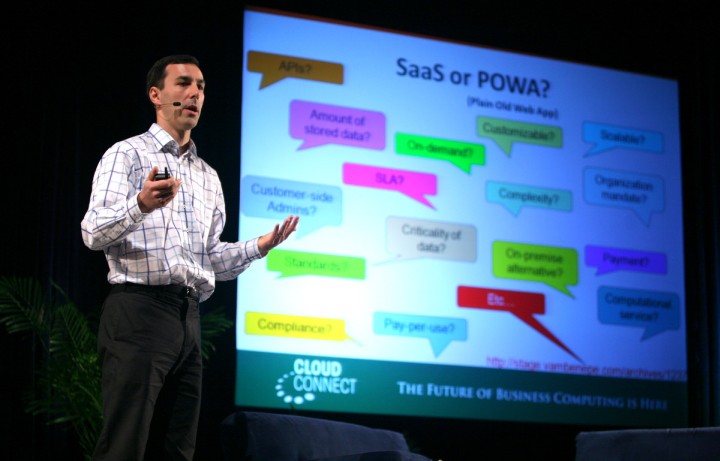Among all the announcements at Oracle Open World so far, here is a summary of those I was the most impatient to blog about.
Oracle Exalogic Elastic Cloud
This was the largest part of Larry’s keynote, he called it “one big honkin’ cloud”. An impressive piece of hardware (360 2.93GHz cores, 2.8TB of RAM, 960GB SSD, 40TB disk for one full rack) with excellent InfiniBand connectivity between the nodes. And you can extend the InfiniBand connectivity to other Exalogic and/or Exadata racks. The whole packaged is optimized for the Oracle Fusion Middleware stack (WebLogic, Coherence…) and managed by Oracle Enterprise Manager.
This is really just the start of a long linage of optimized, pre-packaged, simplified (for application administrators and infrastructure administrators) application platforms. Management will play a central role and I am very excited about everything Enterprise Manager can and will bring to it.
If “Exalogic Elastic Cloud” is too taxing to say, you can shorten it to “Exalogic” or even just “EL”. Please, just don’t call it “E2C”. We don’t want to get into a trademark fight with our good friends at Amazon, especially since the next important announcement is…
Run certified Oracle software on OVM at Amazon
Oracle and Amazon have announced that AWS will offer virtual machines that run on top of OVM (Oracle’s hypervisor). Many Oracle products have been certified in this configuration; AMIs will soon be available. There is a joint support process in place between Amazon and Oracle. The virtual machines use hard partitioning and the licensing rules are the same as those that apply if you use OVM and hard partitioning in your own datacenter. You can transfer licenses between AWS and your data center.
One interesting aspect is that there is no extra fee on Amazon’s part for this. Which means that you can run an EC2 VM with Oracle Linux on OVM (an Oracle-tested combination) for the same price (without Oracle Linux support) as some other Linux distribution (also without support) on Amazon’s flavor of Xen. And install any software, including non-Oracle, on this VM. This is not the primary intent of this partnership, but I am curious to see if some people will take advantage of it.
Speaking of Oracle Linux, the next announcement is…
The Unbreakable Enterprise Kernel for Oracle Linux
In addition to the RedHat-compatible kernel that Oracle has been providing for a while (and will keep supporting), Oracle will also offer its own Linux kernel. I am not enough of a Linux geek to get teary-eyed about the birth announcement of a new kernel, but here is why I think this is an important milestone. The stratification of the application runtime stack is largely a relic of the past, when each layer had enough innovation to justify combining them as you see fit. Nowadays, the innovation is not in the hypervisor, in the OS or in the JVM as much as it is in how effectively they all combine. JRockit Virtual Edition is a clear indicator of things to come. Application runtimes will eventually be highly integrated and optimized. No more scheduler on top of a scheduler on top of a scheduler. If you squint, you’ll be able to recognize aspects of a hypervisor here, aspects of an OS there and aspects of a JVM somewhere else. But it will be mostly of interest to historians.
Oracle has by far the most expertise in JVMs and over the years has built a considerable amount of expertise in hypervisors. With the addition of Solaris and this new milestone in Linux access and expertise, what we are seeing is the emergence of a company for which there will be no technical barrier to innovation on making all these pieces work efficiently together. And, unlike many competitors who derive most of their revenues from parts of this infrastructure, no revenue-protection handcuffs hampering innovation either.
Fusion Apps
Larry also talked about Fusion Apps, but I believe he plans to spend more time on this during his Wednesday keynote, so I’ll leave this topic aside for now. Just remember that Enterprise Manager loves Fusion Apps.
And what about Enterprise Manager?
We don’t have many attention-grabbing Enterprise Manager product announcements at Oracle Open World 2010, because we had a big launch of Enterprise Manager 11g earlier this year, in which a lot of new features were released. Technically these are not Oracle Open World news anymore, but many attendees have not seen them yet so we are busy giving demos, hands-on labs and presentations. From an application and middleware perspective, we focus on end-to-end management (e.g. from user experience to BTM to SOA management to Java diagnostic to SQL) for faster resolution, application lifecycle integration (provisioning, configuration management, testing) for lower TCO and unified coverage of all the key parts of the Oracle portfolio for productivity and reliability. We are also sharing some plans and our vision on topics such as application management, Cloud, support integration etc. But in this post, I have chosen to only focus on new product announcements. Things that were not publicly known 48 hours ago. I am also not covering JavaOne (see Alexis). There is just too much going on this week…
Just kidding, we like it this way. And so do the customers I’ve been talking to.



